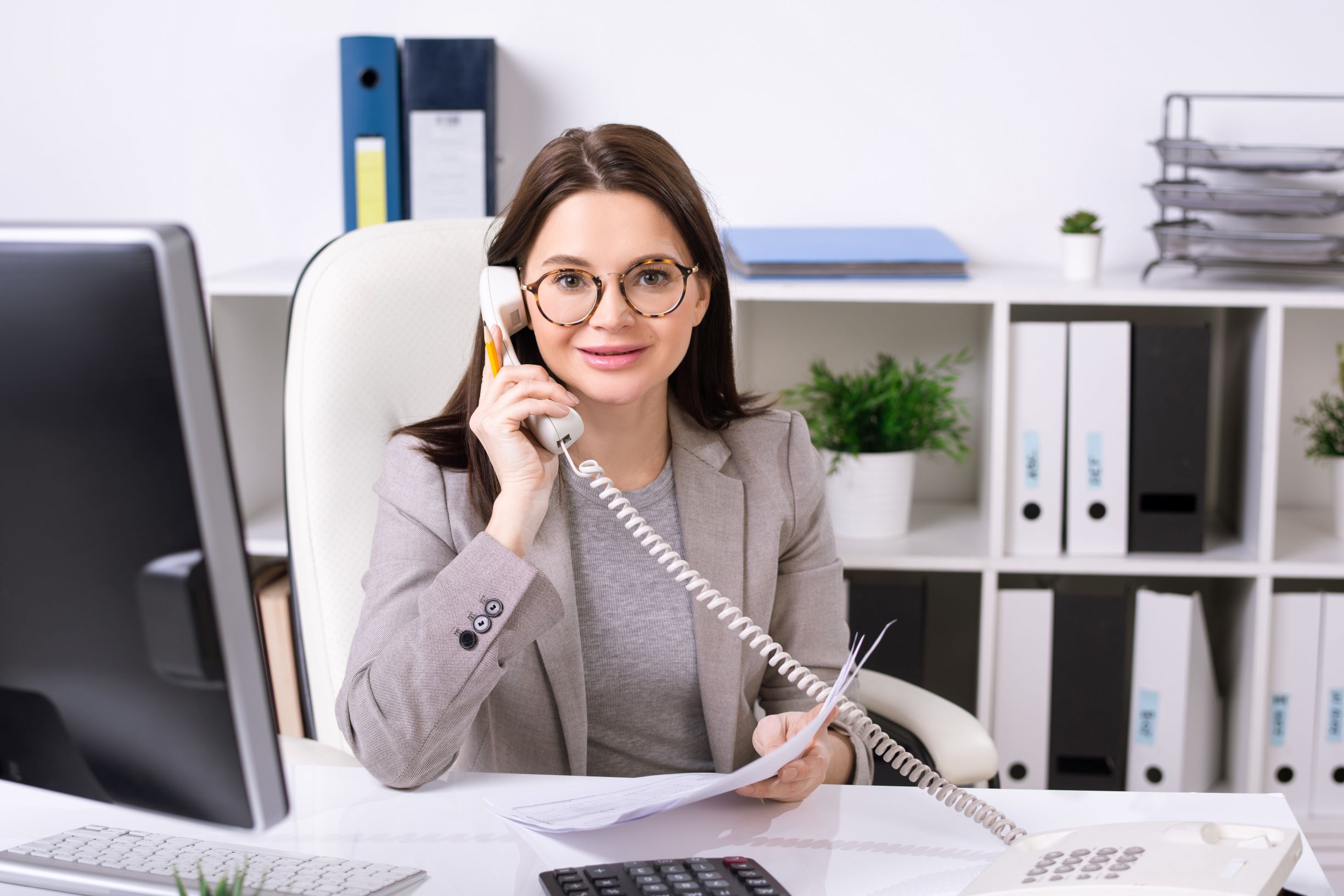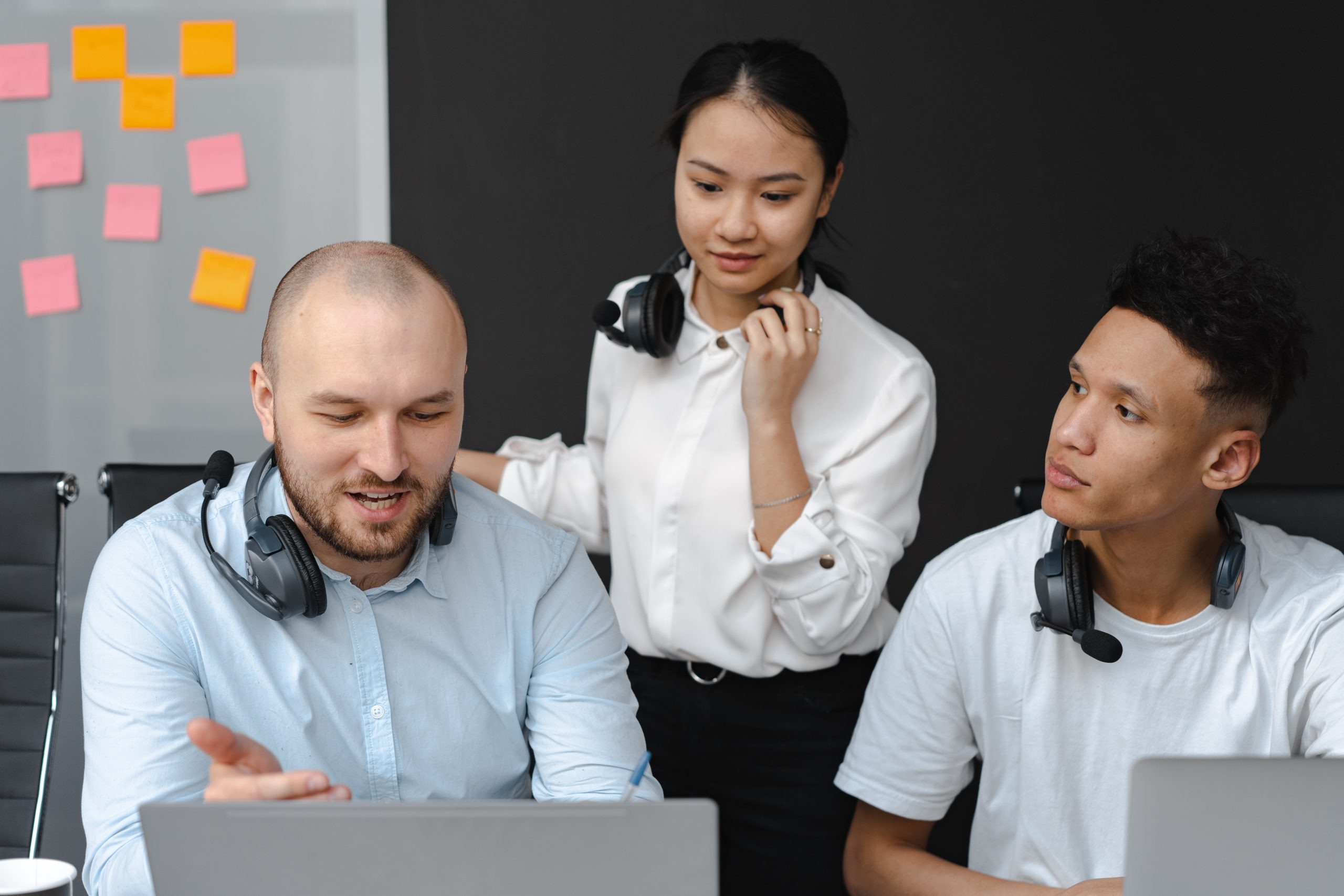All Categories
Featured
Table of Contents
- – What Is The Best The Ultimate Guide To Telephon...
- – What Are The Top 10 Benefits Of Answering Serv...
- – Who Has The Best Outsource Answering Services ...
- – What Is The Best Phone Answering Services?
- – How Much Is The New What Is An Answering Serv...
- – What Is The Best How Answering Services Work...
What Is The Best The Ultimate Guide To Telephone Answering Services Company?
This device and its followers were developed by Sava Jacobson, an electrical engineer with a personal consulting company. While early voice mail used magnetic tape innovation, many modern-day devices uses strong state memory storage; some gadgets use a mix of both, with a solid-state circuit for the outbound message and a cassette for the inbound messages.
"toll saving" below) (answering service). This is useful if the owner is evaluating calls and does not want to speak with all callers. In any case after going, the calling celebration should be informed about the call having been addressed (for the most part this begins the charging), either by some remark of the operator, or by some welcoming message of the little bit, or dealt with to non-human callers (e.
This holds specifically for the Little bits with digitally stored welcoming messages or for earlier devices (prior to the rise of microcassettes) with an unique endless loop tape, separate from a second cassette, committed to recording. There have actually been answer-only devices without any recording capabilities, where the greeting message needed to inform callers of a state of current unattainability, or e (call answering services).
What Are The Top 10 Benefits Of Answering Service - Professional Services?

about schedule hours. In recording Littles the welcoming typically includes an invite to leave a message "after the beep". A voice mail that utilizes a microcassette to tape messages On a dual-cassette answerphone, there is an outgoing cassette, which after the defined variety of rings plays a pre-recorded message to the caller.

Single-cassette voice mail consist of the outgoing message at the beginning of the tape and inbound messages on the remaining space. They first play the statement, then fast-forward to the next available space for recording, then tape the caller's message. If there are lots of previous messages, fast-forwarding through them can trigger a considerable hold-up.
This beep is frequently referred to in the welcoming message, requesting that the caller leave a message "after the beep". Littles with digital storage for the taped messages do disappoint this hold-up, naturally. A little might offer a remote control facility, whereby the answerphone owner can sound the home number and, by entering a code on the remote telephone's keypad, can listen to recorded messages, or erase them, even when away from home.
Who Has The Best Outsource Answering Services In The Usa - Start From $11/hr?

Thus the machine increases the variety of rings after which it responds to the call (usually by two, leading to four rings), if no unread messages are presently stored, however answers after the set variety of rings (typically 2) if there are unread messages. This enables the owner to learn whether there are messages waiting; if there are none, the owner can hang up the phone on the, e.
Some machines likewise enable themselves to be from another location triggered, if they have been changed off, by calling and letting the phone ring a specific large number of times (generally 10-15). Some company desert calls currently after a smaller sized number of rings, making remote activation impossible. In the early days of Little bits an unique transmitter for DTMF tones (dual-tone multi-frequency signalling) was regionally required for push-button control, since the formerly employed pulse dialling is not apt to convey suitable signalling along an active connection, and the dual-tone multi-frequency signalling was executed step-by-step.
Any inbound call is not recognizable with respect to these homes in advance of going "off hook" by the terminal equipment. So after going off hook the calls should be switched to suitable devices and just the voice-type is instantly accessible to a human, but maybe, however ought to be routed to a LITTLE BIT (e.
What Is The Best Phone Answering Services?
What if I told you that you do not need to actually select up your device when addressing a consumer call? Somebody else will. So hassle-free, best? Addressing telephone call does not need somebody to be on the other end of the line. Effective automated phone systems can do the technique just as effectively as a live representative and sometimes even much better.
An automatic answering service or interactive voice reaction system is a phone system that communicates with callers without a live person on the line - reception services. When companies utilize this innovation, clients can get the answer to a concern about your organization just by utilizing interactions established on a pre-programmed call circulation.
Although live operators upgrade the client service experience, numerous calls do not need human interaction. A simple recorded message or instructions on how a customer can retrieve a piece of info usually fixes a caller's immediate requirement - virtual telephone answering service. Automated answering services are a basic and effective method to direct inbound calls to the ideal person.
How Much Is The New What Is An Answering Service??
Notice that when you call a company, either for assistance or product inquiry, the first thing you will hear is a pre-recorded voice greeting and a series of options like press 1 for customer service, press 2 for queries, and so on. The pre-recorded options branch off to other choices depending upon the client's selection.
The phone tree system helps direct callers to the best person or department using the keypad on a cellphone. In some instances, callers can utilize their voices. It's worth keeping in mind that auto-attendant options aren't restricted to the ten numbers on a phone's keypad. Once the caller has selected their very first choice, you can design a multi-level auto-attendant that utilizes sub-menus to direct the caller to the best sort of assistance.
The caller does not have to communicate with an individual if the auto-attendant phone system can manage their concern. The automatic service can route callers to a staff member if they reach a "dead end" and need support from a live representative. It is costly to work with an operator or executive assistant.
What Is The Best How Answering Services Work Deal
Automated answering services, on the other hand, are significantly less costly and offer substantial cost savings at approximately $200-$420/month. Even if you don't have actually dedicated personnel to manage call routing and management, an automated answering service enhances productivity by allowing your group to focus on their strengths so they can more effectively spend their time on the phone.
A sales lead routed to customer care is a lost shot. If a customer who has item questions reaches the wrong department or receives insufficient responses from well-meaning employees who are less trained to manage a particular kind of question, it can be a cause of aggravation and discontentment. An automatic answering system can reduce the variety of misrouted calls, consequently assisting your staff members make much better usage of their phone time while maximizing time in their calendar for other tasks.
With Automated Answering Systems, you can produce an individualized experience for both your staff and your callers. Make a recording of your main greeting, and just update it frequently to reflect what is going on in your company. You can develop as many departments or menu alternatives as you want.
Table of Contents
- – What Is The Best The Ultimate Guide To Telephon...
- – What Are The Top 10 Benefits Of Answering Serv...
- – Who Has The Best Outsource Answering Services ...
- – What Is The Best Phone Answering Services?
- – How Much Is The New What Is An Answering Serv...
- – What Is The Best How Answering Services Work...
Latest Posts
Exceptional Small Business Answering Service Near Me
Top Small Business Answering Service
Bilingual Answering Service Near Me
More
Latest Posts
Exceptional Small Business Answering Service Near Me
Top Small Business Answering Service
Bilingual Answering Service Near Me